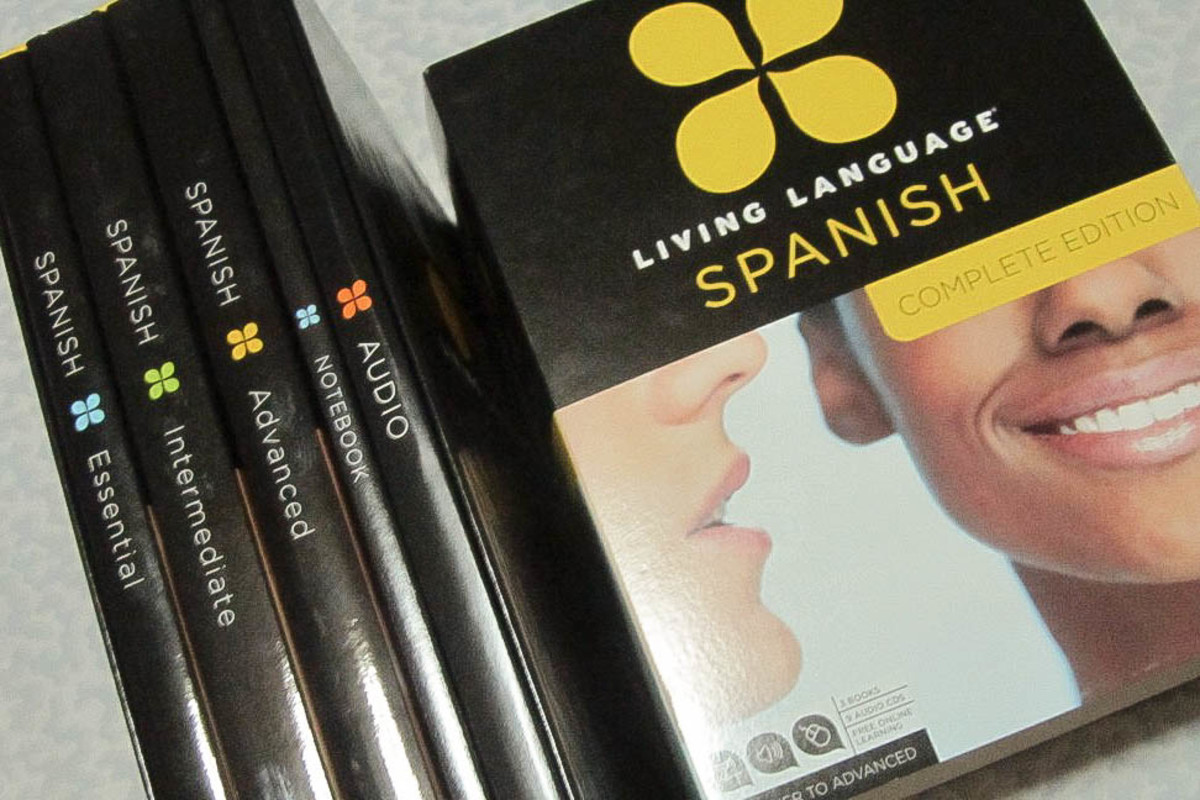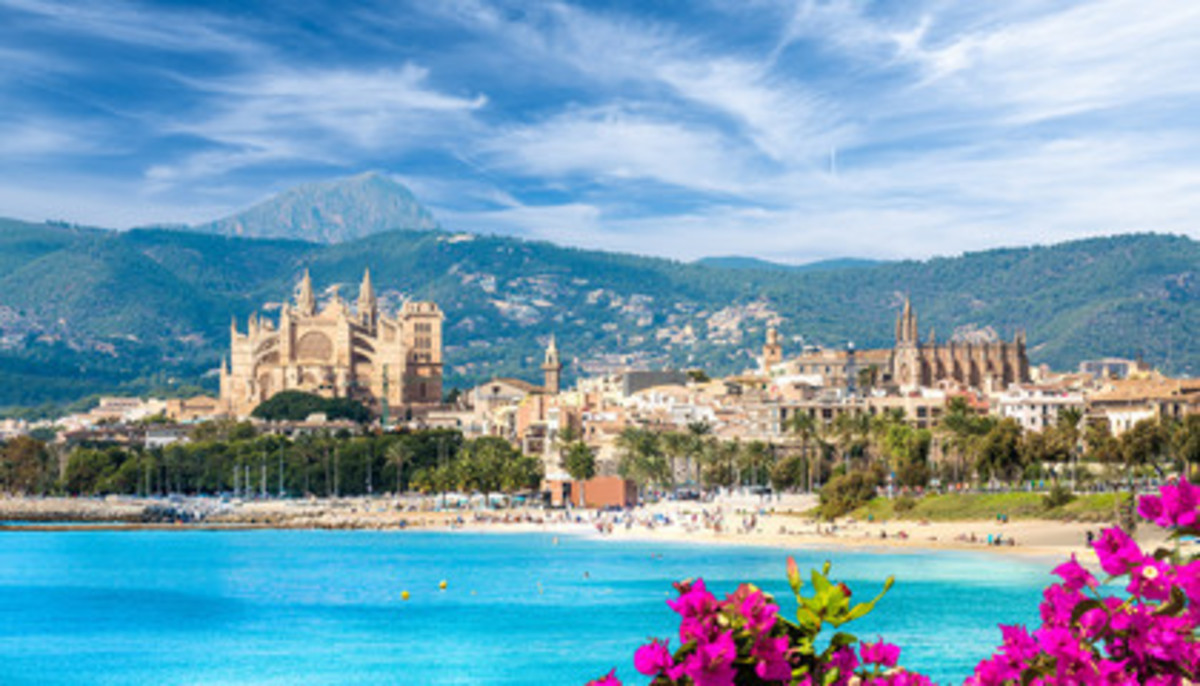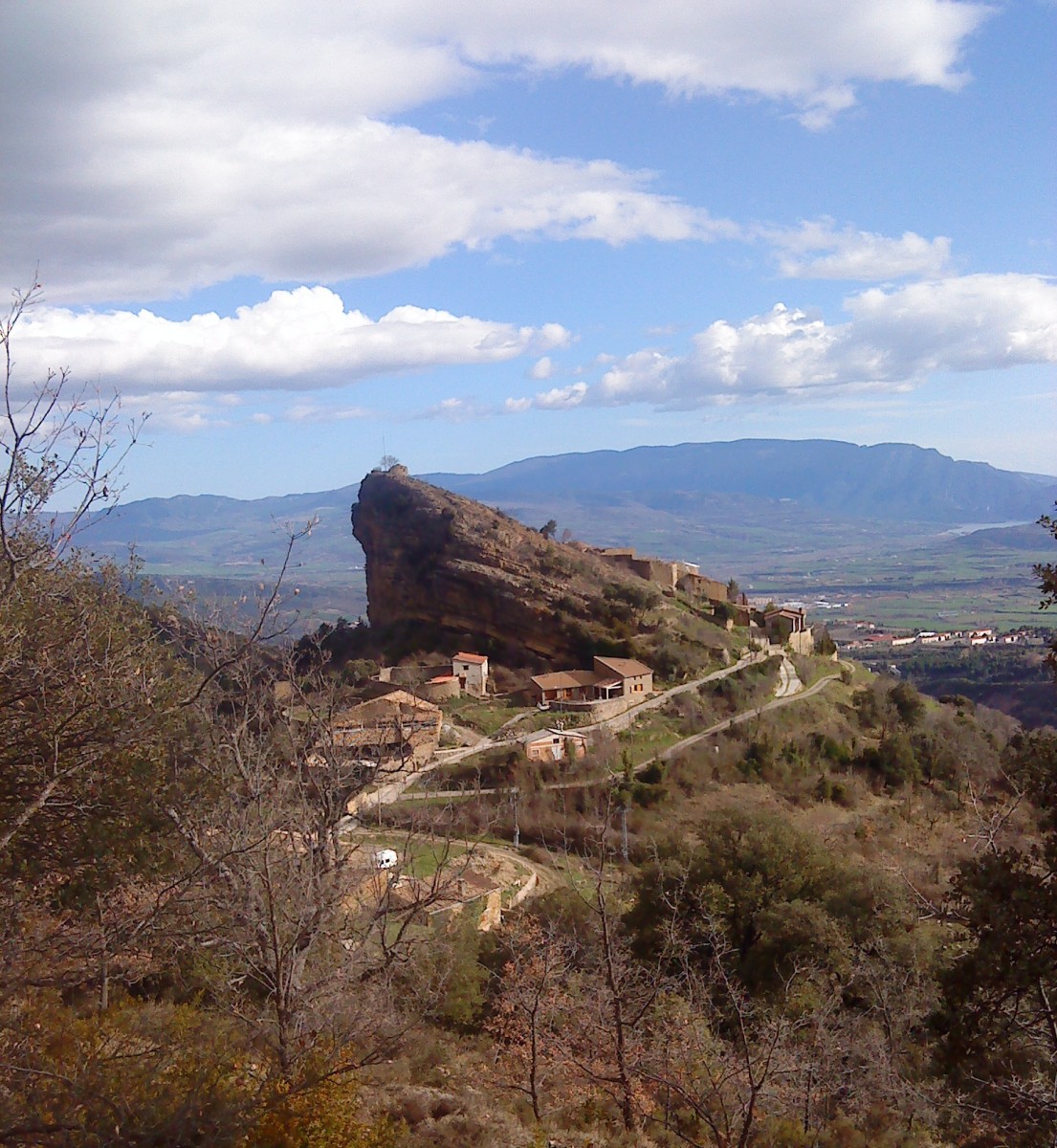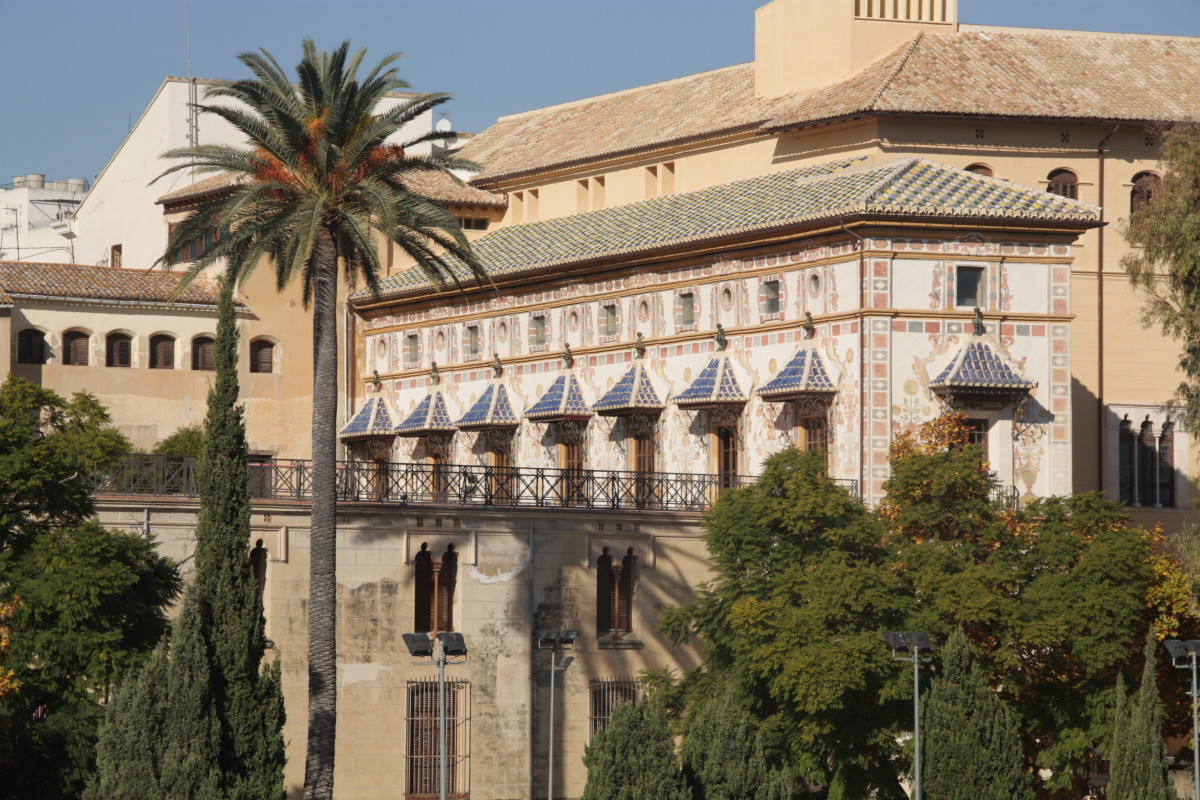Preparing for the Camino de Santiago
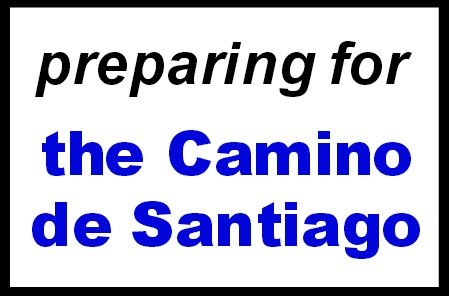
Walking the Camino de Santiago
In 2014, my father and I will walk the Camino de Santiago in Spain. We will leave in mid-March from Saint-Jean-Pied-de-Port in France, cross the Pyranees and - hopefully - arrive in Santiago by the end of April.
The Camino de Santiago - or the Way of St. James - is an ancient pilgrimage route that winds its way through Spain and Galicia to Santiago, where believers say that St. James' bones are buried. While it's often called "The Way', there are in fact many routes that snake their way through Spain. One of the most popular of these is the Camino Frances. This nearly-800 km trek - popularized in North America by the 2010 movie staring Martin Sheen - starts in Saint-Jean-Pied-de-Port in France and ends in Santiago.
Of course, an adventure of these proportions requires a certain amount of preparation. Currently, my preparation is focused on five things: gear, language, boots, fitness and money.
Watch Nick Corrado pack his camino bag in less than two minutes.
Gear: Packing for the Camino de Santiago
While it can be tempting to carry emergency gear for every eventuality, the fact is that you're going to be carrying all of your stuff on your back for 800 kilometres. For this reason, it's important to really think about what you need and get organized well before going. My personal goal is to pack less than 12 pounds, including the weight of the bag.
First of all, you're going to need a bag. Most people choose a backpack. It's important to get a bag that fits you well. The shoulder straps shouldn't dig in, and the waist strap should fit comfortably. Women should carry the majority of the weight on their waists, not their shoulders or necks.
Then there's sleeping gear. From what I've read, most hostels along the camino frances offer blankets and only require that pilgrims bring a liner. Still, I prefer to be self-sufficient, especially since I'll be walking in colder weather. Many people carry lightweight sleeping bags, either synthetic or down. To keep both weight and my costs down, I'm opting for a silk liner and a down throw - smaller than a twin blanket, but more than big enough to cover me completely. If it's very cold, I'll tuck the blanket inside the sleep sheet, creating a sort of sleeping bag. If you're walking in the summer, then a liner or a fleece sleeping bag might be all that you need. It seems that - regardless of what you sleep in - earplugs are a requirement in noisy dormitories!
Clothes will probably count for most of the weight that I'll be carrying. I plan on bringing two full sets of clothes, one to carry and one to wear. It's a good idea to think in layers when hiking: a base layer (synthetic, silk, or merino wool), a mid-layer (lightweight fleece) and a top layer (jacket or rain gear). From what I've read, it might rain a lot on the camino, so I'll bring a pair of lightweight rain pants and a raincoat big enough to cover both me and my bag. Others might prefer a goretex shell and a waterproof cover for their bag. I'll also bring cold weather clothes: toque, gloves and a neck gaiter.
It's best to keep toileteries down to the bare minimum. Their weight can quickly add up, and there are plenty of shops along the way if you need to resupply.
And, of course, anyone hiking should carry a small, simple first aid kit, with pain relievers, blister care, alcohol pads, anti-allergy pills and anything else that you might need.

Other Hubs that I've written about learning Spanish:
Language: Learning Spanish Before the Camino de Santiago
From everything that I've read, Spanish isn't required to walk the Camino Frances. The infrastructure is very well organized, and many hospitaleros (the people who run the hostels, or albergues, along the way) speak at least some English.
Still, it's important for me to be able to communicate with local people. I want to be able to speak - and understand - in Spanish, both for everyday needs and for deeper conversation. For that reason, I started working on learning Spanish in May 2013. My goal is to be fully conversational by March - and I honestly feel that I'm well on my way! I'm documenting my progress and sharing tips and resources on my personal language blog, To Be Fluent.
I'm learning Spanish using a variety of online resources, including Duolingo, anki and Destinos. I'm also spending a good chunk of time in Skype language exchanges every week, trading a half hour of Spanish practice for a half hour of practice in either English or French. In addition to this, I also pay for two hours of Spanish tutoring every week, again over Skype.
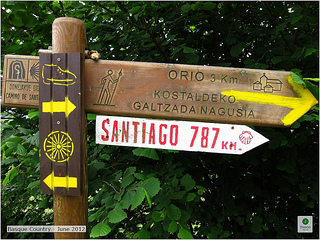
Boots: Taking Care of Your Feet Before the Camino de Santiago
Ah, feet.
Walking the camino means step after pounding step, 25 kilometres per day of walking.
Based on the many (many) forum threads and blogs that I've read, your feet will be on your mind more often on the Camino than they've ever been before.
The most important thing that you can do before leaving is buy a good pair of footwear and break them in. Be sure that your boots fit you well - not just on a quick jaunt around the block, but on a long hike, up and down hills, on various surfaces like dirt, grass, gravel and concrete. When buying a pair of boots, look for something that fits well, with wiggle room in the toe box. You don't want your toes touching the end of your boots, since that can cause problems down the road. Day after day of walking can make your feet swell, so many people recommend buying boots a half-size or even a full-size larger than you normally wear.
I've already tried and rejected two pairs of boots - one because it caused pressure where it hit the ankle (I returned that pair), and the other because the tongue didn't loosen up enough (I kept that pair for shorter hikes around home). This is where it can be worth purchasing shoes from a specialty store. While they might be a bit more expensive, they can usually be returned - especially if they haven't been worn outside. I don't take advantage of this policy and try to return used items, but I do try boots on an incline on my treadmill and return them if they don't fit.
My search for the perfect boot continues. Right now I'm looking for a low hiking boot that's waterproof (since I'll be walking in late winter/early spring), with a very wide toe box.
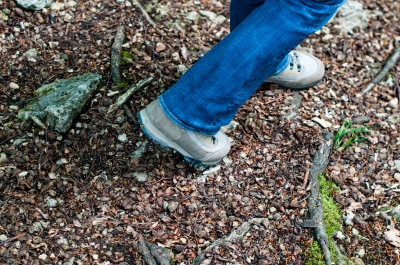
Fitness: Training for the Camino de Santiago
OK, brutal honesty time:
It seems a bit ridiculous to worry about carrying an extra few ounces in my bag when I'm carrying an extra 30 pounds on my body.
My goal between now and the Camino de Santiago is to reach the upper end of a normal BMI for my height. I've lost 10 pounds so far and have 20 more to go. I'm losing weight slowly, trying to focus on healthy habits. I've cut out sugary snacks altogether. I know that they say ''moderation'', but moderation just doesn't work for me. I've committed to a mostly paleo eating style: fruit, vegetables, eggs, fish, meat, nuts, healthy fats. I also drink a coconut coffee every morning for breakfast, which gives me tons of energy and keeps me full until lunch.
Of course, walking such a long way requires proper conditioning. Many people set out on the camino without training first, but I think that any long hike is best approached through slow, steady training. I currently walk every day for about an hour with my dog. I go on longer hikes with a friend once a week, walking for 10-15 km over a variety of terrains. I know that I'll have to ramp up my hikes so that I can prepare myself for walking 25 km every day, so I'll increase my distances over the next few months.
In addition to walking and hiking, I try to do some yoga two or three times a week to stay strong and limber. I walk on an incline on the treadmill for 40 minutes once or twice a week, just to train for uphill walks. I know that I should add strength training to my fitness routine, and eventually I will - I just have to find something that I enjoy and that I can commit to.

Visit my hub Make Money Writing Articles for Constant Content to see how I'm making some extra money to pay for my travels.
Money: Saving Money for the Camino de Santiago
It's hard to say exactly how much it will cost to walk the Camino de Santiago. Of course, you'll have to start by calculating how much it will cost to get to and from Spain from your country. You'll also have to consider how much gear you'll have to buy in preparation. If you already own a pair of boots, a sleeping bag and a good backpack, then you won't need to spend as much money before you're going.
Based on my research, budgeting about 30-35 euros per day per person is reasonable for the Camino de Santiago. From what I've read, this will allow you to stay in albergues with dormitories, eat pilgrim meals in the evening, and buy snacks and drinks in shops or cafés.
Of course, it's always safer to err on the side of more funds if you can. Having access to them doesn't mean that you have to use them, but it's nice to have a safety blanket. When I was packing for my first long overland trip 15 years ago, someone told me to bring half the stuff and twice the money. Sage advice for anyone travelling.
A long trip like this - not just the cost of the trip itself, but also the cost of being off work for six weeks - means being a bit creative with money-making making and budgeting. I'm currently making extra money through various means, and squirreling it away in a savings account to pay for my trip. My main way of earning extra money right now is by writing and selling articles on Constant Content.
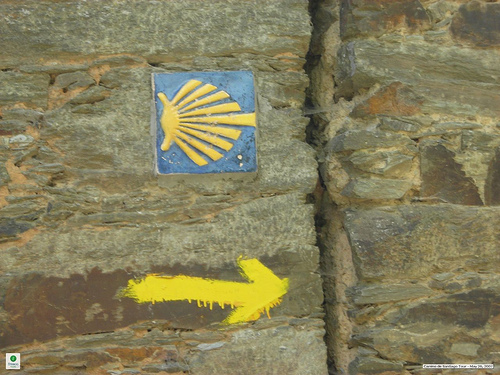
Now That I Have a Plan - It's Time to Stick to It
So there you have it, five things that I - and maybe you - should do before setting out on the amazing adventure that is the Camino de Santiago:
- pack my bag
- learn Spanish
- find the right boots
- get fit
- save money
They say that the Camino de Santiago changes a pilgrim forever. They also say that the camino begins long before you ever set foot on Spanish soil.
This preparation is my camino. And I'm going to enjoy every step along the way.
Buen camino!

